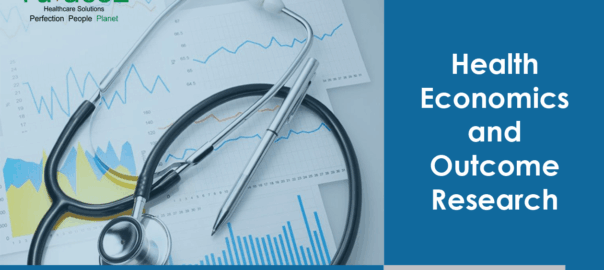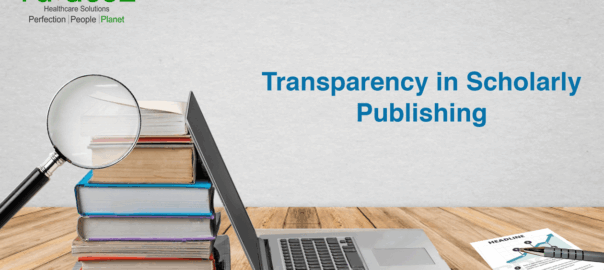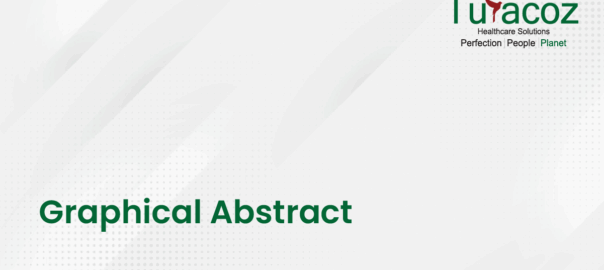Peer Review is the process of evaluation of manuscripts submitted for scientific publication in journals/books, pre-clinical or clinical study reports, research progress reports etc., by experts or peers with similar competence as manuscript authors. It plays a pivotal role in scholarly publications with objective to ascertain quality, reliability and credibility of the work reported in the manuscripts and reports through qualitative scrutiny. This contributes to the acceptability of scientific work as authentic, rigorous and coherent for the intended purpose. Also, it widens networking opportunities within the scientific fraternity.
Types of Peer Review
- Single blind review: This is the traditional and most common type of review in which the reviewer’s name is hidden from the author.
- Double-blind review: In this kind of review, there is anonymity of both the author and the reviewer to each other.
- Open review: The identity of the author and the reviewer are known to each other and there is more transparent communication during the review process.
Peer-review is a golden practice to improve the quality of publications but comes with its own set of disadvantages and shortcomings. Table 1 details the various featural pros and cons of different types of peer-review.

Ethics of Peer Review
As the reviewing experts are essentially from the same area or field of the study as of the authors of documents under review, some conflict of interests or differences in viewpoints may introduce bias that might come in the way of a fair peer review. For instance, a reviewer may not accept the manuscript/report under review if the author’s hypothesis is different from that of the reviewer. Indeed, many journals take this possibility into account and allow the authors submitting manuscripts to give the name(s) of reviewers to whom the manuscript should not be sent for review in addition to names of reviewers the authors would like to recommend. But then, peer review by reviewers recommended by the authors may also occasionally lead to undeservingly favored evaluation.
To avoid undesirable contentions, it is a prerogative for a peer-reviewer to adhere to ethical guidelines outlined by the Committee of Publication Ethics (COPE), which categorises the ethical responsibility of a peer-review into confidentiality of the data reviewed, objectivity of the review process and diligence towards their competency, following processes, policies and conduct [6].
A few ethical practices that should be incorporated in peer-reviewing are as follows:
- Maintaining objectivity and diligence in assessing a document
- Avoiding any favoritism or likewise, negative bias
- Respecting confidentiality of the manuscript
- Avoiding giving any personal or derogatory remarks
- Refraining from disrespectful tone of criticism
- Maintaining timeliness
- Adhering to the rationales, norms, policies and specific scope of the journal
- Promptly reporting any unethical duplication or data fabrication/design
- Staying discrete from the author during the review process to avoid any unwanted confrontation
Essential Components of Peer-Reviewing
Studies conducted by scientists/experts/professional are rendered into a detailed article or manuscript, a draft of which is then sent to the journal editor. The article is sent by the journal editor to peer reviewers before publication. The reviewers then assess the manuscript and extend their comments focusing on the following aspects:
- Adequacy of the background information (literature survey) justifying the necessity and purpose of the study reported
- Appropriateness and adequacy of the materials and methods employed to generate the data
- Compliance to national and international regulatory requirements [e.g. Good Laboratory/Manufacturing/Clinical Practices (GLP/GMP/GCP), Animal ethics, OECD/ICH/USFDA guidelines etc.]
- Analysis of data using appropriate (statistical) methods
- Proper interpretation and discussion of the data/results and the conclusions drawn.
- Originality of the study
- Presentation of the manuscript relying on legible and comprehendible language that is grammatically, technically and scientifically correct
Innovations in Peer Review
Any advancement or innovation in a process primarily requires recognition of the prevalent roadblocks. “Necessity is the mother of invention”, Plato’s misattributed proverb reflects the rationale of some compelling advancements that peer-reviewing attributes to the share of challenges it had faced.” Addressing some fundamental conundrums, there are many driven groups across the scientific fraternity who have offer valuable innovative answers.
- Raising the satisfaction quotient of the author-reviewer-editor trilogy by ‘Volunpeers’
Lack of familiarity with the subject matter causes many reviewers to decline from reviewing. To overcome this challenge, the journal of Molecular biology enabled a Reviewer Recognition Platform, that facilitates reviewers, christened as ‘Volunpeers’ (to represent the rationale of this platform), to register for their area of expertise and receive manuscripts for reviewing according to their preference. The outcome of this platform was impressive! It proudly flaunted a high rate of involvement and satisfaction from both the reviewer and the editor and establishes a faith that peer reviewing indeed has not reached an intimidating stagnancy. Figure 1 indicates the promisingly positive impacts of Volunpeer-ing on various critical aspects [2].

- Expediting the process of review and making it less cumbersome and time‑consuming
The dichotomy of time versus quality lead many to attempt to address long and tiresome process of reviewing. Recently, The Journal of Bone & Joint Surgery (JBJS) has initiated below mentioned tiny steps to upgrade their overall peer-review process [3].
- Automated and weekly reminder emails to editors
- Weekly reminder emails for editor queue statistics
- Monthly emails delineating acceptance rates and transfer rates by editor
- Shortened deadlines for peer-reviewing
- Addition of manuscript Xtract in Editorial Manager that reduces manual entry for basic data like manuscript title, author-names, abstract and affiliations
- Refining the review process by spotting errors and maintaining quality standards of review
The quality of any manuscript proportions directly to the errors established during review and editing process. A keen study conducted on ‘Improving the peer-review process and editorial quality by studying key errors escaping the review and editorial process in top scientific journals [4]. Figure 1 shows the common trend of errors encountered during review.

The recognition of these error-patterns led to the application of a novel mistake index, independent of the journal’s impact factor. Mistake Index Total (MIT) represented the fraction of corrections published by total number of items published in a year and Mistake Index Paper (MIP) represented the fraction of corrections published by the total number of papers (categorised by articles) published in a year. These were then statistically analysed and applied on scientific journals of diverse disciplines to determine the type, rate of occurrence and severity of errors encountered. It is hence recommended that a detailed guideline based upon MIT and MIP be provided to reviewers, authors and editors, which can help them minimise error redundancy, reduce time-to-correction and reinforce quality of published manuscripts [4].
- Ensuring recruitment of competent reviewers and providing visibility, value and appreciation for their efforts by R-index
On a more humane level, getting good reviewers and providing visibility, value and appreciation for their efforts stays a huge contributing factor to optimising the quality and efficiency of peer-review. Lack of recognition of time and valuable expertise of the reviewer often is a big dampener for review quality. A simple yet cutting-edge R-index (Reviewer index), has emerged as an essential metric to quantify and credit a scientist’s contribution as a reviewer, regardless of his/her stage of career. Based on the list of reviewers for any particular journal, number of papers reviewed, total number of words against the journal’s impact factor, and eventually fostered by the editor’s feedback on individual review, a score ranging from 0 to 1 is credited to the reviewers. Widely being accepted and implemented, this index is open doors to a wider academic productivity and increased transparency within the scientific community and works reciprocally towards maintaining and enhancing the quality of reviewing [5].
Conclusion
With a fair share of recognition as well as criticism that it comes with, peer-review is undoubtedly an essential component of the publication world. Although an overall positive impact and effectiveness of peer review mechanism to improve upon quality in biomedical journals has been observed in clinical trial and other comparative study publications, it is still difficult to ascertain its tangible impact, considering the aforesaid challenges [7]. Nevertheless, the brighter side shows that the existing peer-review paradigm is inevitably treading towards innovations; profoundly embedded into the process of scientific progress, its indispensable purpose gives reasons enough to boost its operations and we hope to witness more streamlining, transparency, efficiency, robustness and inventive tableaus in its modus operandi.
Turacoz Healthcare Solutions aims to provide information on the latest trends, updates and advances to help researchers stay abreast of important innovations in peer-review in the field of scientific publications. Turacoz Healthcare provides an end-to-end support for scientific communications, clinical trial documents and disclosures, regulatory documents writing and submissions, and medico-marketing writing along with e-modules & e-books on healthcare and research.
Reference
- https://www.elsevier.com/en-in/reviewers/what-is-peer-review
- https://www.elsevier.com/connect/reviewers-update/innovation-in-peer-review-introducing-volunpeers
- https://www.csescienceeditor.org/article/new-innovations-in-peer-review/
- https://peerj.com/articles/1670/
- https://royalsocietypublishing.org/doi/full/10.1098/rsos.140540
- https://www.aje.com/arc/ethics-peer-review/
- https://www.bmj.com/content/349/bmj.g4145









